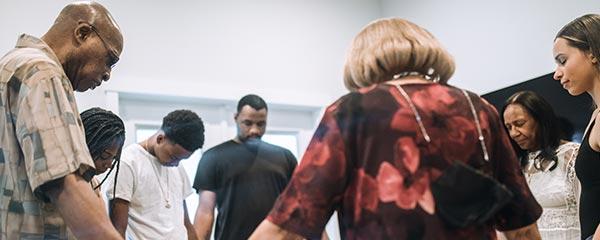This article is the second of two articles on Americans' worship frequency.
A "cottage industry" of sorts has developed over the last 10 to 15 years among scholars who attempt to find ways to estimate actual church attendance that don't rely on survey-based estimates. These have ranged from efforts to count actual attendance at all churches in a given geographic area (including, in some instances, counting cars in parking lots) to poring over weekly time diaries. In almost all instances, these scholars conclude that the actual percentage of adult Americans in church on any given Sunday is less than the 40%+ figure that responses to Â鶹´«Ã½AV's "last seven days" question indicate.
This is a fascinating area of study, but also one that is quite complex. It is certainly possible that self-reports of church attendance in surveys may reflect inaccuracies in recall of past behavior (see "Estimating Americans' Worship Behavior" in Related Items). It is also possible that there is some social desirability reflected in answers to church attendance questions, with respondents overreporting church attendance in a (perhaps unconscious) effort to create a presentation of self that is consistent with an idealized standard.
Room for Error
But one has to be careful not to go too overboard in assuming that survey-based measures are inaccurate and not worth paying attention to. Reporting that only 20% to 30% of Americans are in church on a given Sunday -- based on non-survey-based methods of estimating church attendance -- may provide a misleading estimate of the importance of worship rituals in the United States.
For one thing, there is the possibility of error that occurs because of definitional issues. Most of the reality-based estimating procedures take into account only formal, traditional worship. But there are other ways in which Americans worship. Many Protestant denominations have mid-week worship services. There are weekday Bible study meetings and prayer services. Americans meet together at prayer breakfasts and in covenant groups. Americans may actually be accurately reporting attendance at various forms of worship, even if not the traditional church attendance.
It is also important to distinguish between cumulative churchgoing and average weekly churchgoing. It has long been recognized in broadcast measurement that the average quarter-hour audience for a radio station or television network is a much different measurement than the cumulative audience over a longer period. An all-news radio station may have only 100,000 people listening in an average quarter hour, but more than a million people may listen at some point through the day. CNN may have only 300,000 people watching in a specific half hour, but several million who tune in at some point during that same day. In similar fashion, although only 30% or 40% of Americans may be in church on any given Sunday, up to 60% or 70% say they attend church within a period of a month or six months.
Paying attention only to an estimate of attendance on a given Sunday may, in other words, shift the attention away from the measure of significance -- the percentage of Americans for whom church attendance is a regular part of their lives, even if they are not there each and every Sunday.
It is also important to recognize that self-reported church attendance is an important social fact in and of itself, regardless of its relationship to actual week-by-week attendance. That Americans report frequent church attendance means in some ways that they have a "churchgoing" mentality and frame of mind. In other words, if Americans perceive that they are frequent churchgoers, then the reality of that perception in their daily lives may be very real -- regardless of their actual church attendance.
Bottom Line
Different ways of estimating Americans' participation in worship ritual behavior provide different benefits to the social researcher. Tens of thousands of interviews conducted with random samples of Americans provide reliable estimates of how Americans view their own church attendance. Reality-based efforts to calculate actual attendance may show lower percentages in church on any given Sunday. But researchers must be careful in assessing the importance of each type of report in discussions of church attendance. Each has great value.
